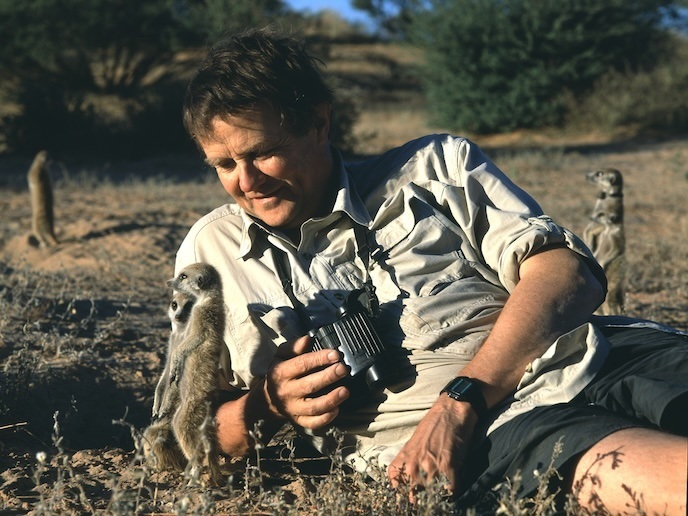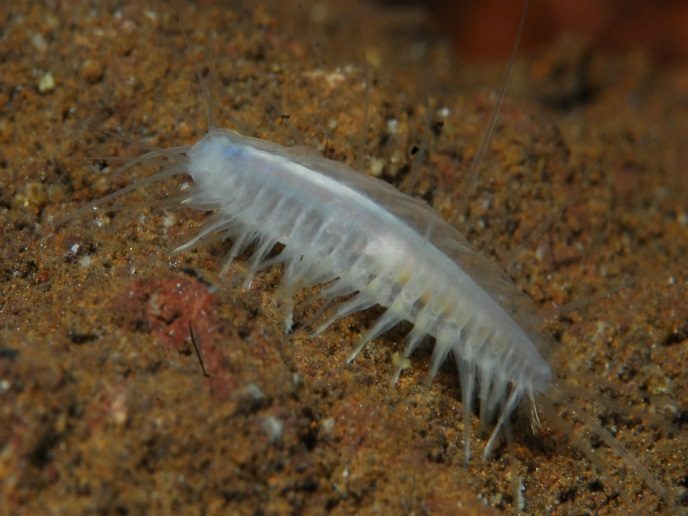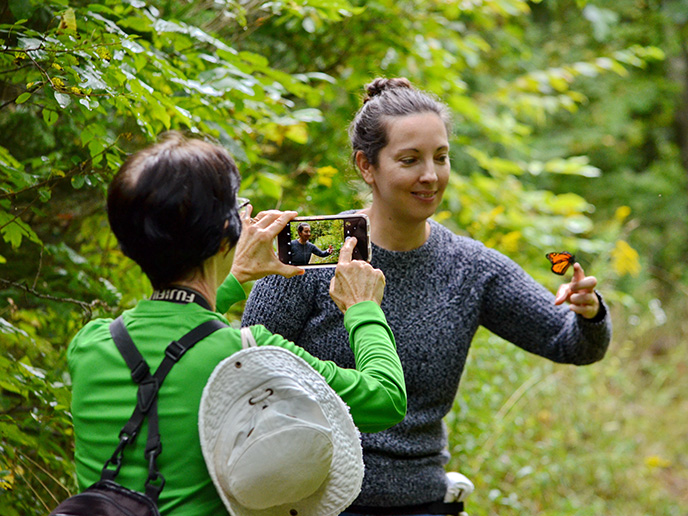Ancient dietary habits revealed through amino acid analysis
Biologists still cannot fully explain the global spread of organisms, and the structure of ecosystems as we see them today. “Consider the Amazon rainforest,” says FEPS(opens in new window) project fellow Julia Tejada, currently at the California Institute of Technology(opens in new window) in the United States. “It is the most diverse continental region, yet just 10 000 years ago, it was inhabited by giant ground sloths, rhino-like native ungulates, mastodons and giant birds, among other extinct animals.”
Re-evaluating prehistoric life in South America
The FEPS project, which was coordinated by the University of Cambridge(opens in new window) in the United Kingdom, sought to re-evaluate what South American ecosystems were really like before the last ice-age extinction. “Discovering that fossil sloths had different ecologies than previously believed could radically alter our understanding of these communities,” notes Tejada. The project, which was supported by the Marie Skłodowska-Curie Actions(opens in new window) programme, set out to gather direct evidence for the diets of these extinct animals, rather than relying on indirect indicators such as skull or teeth shapes. “We conducted isotope analyses of amino acids,” explains Tejada. “This provided us with direct information of feeding behaviour, and enabled us to assess whether plant or animal proteins were consumed.” Tejada visited palaeontological collections around the world in order to collect these samples. “Fossils often have low or no collagen content – the older the fossil, the less likely it is to retrieve organic compounds,” says Tejada. “They also often contain organic compounds from the soil that are difficult to remove. We therefore needed to modify our approach, through much trial and error.” Once proteins were isolated and extracted, a series of chemical procedures was carried out to break down the protein into its constituent amino acids. “Patience and persistence are often crucial for success in geochemical experimentation,” adds Tejada.
Validating new analytical techniques
While much of this analysis is ongoing, some preliminary findings have been made. “We found that some aspects of South American mammalian communities were more complex than we initially thought, with more versatile feeding behaviours than anticipated,” remarks Tejada. These initial findings have helped to validate the analytical techniques applied through the project, which have provided direct evidence of certain biological traits, such as dietary preferences. Samples would previously have been assessed using bulk nitrogen isotopic(opens in new window) data, which Tejada says can be imprecise at best and misleading at worst. Similarly, simply studying indirect indicators such as skull or teeth shapes can tell scientists only so much about what an animal does, and what it can do.
Uncovering the role of diet in disease
Tejada plans to build on this initial work, by looking to see if other amino acids obtained can be predictive of biological traits. “Additionally, we are moving beyond the use of amino acids from collagen and keratin to other types of proteins that might be preserved deeper in time,” she explains. Applications of the techniques used in this project could extend beyond palaeoecological research. “We envision applications in areas such as the role of diet in disease,” adds Tejada. “Our technique could help to track amino acid synthesis and the different metabolic pathways used under various natural and pathological conditions. Even in controlled feeding settings such as zoos, while we know what we offer the animals to eat and in what proportions, we don’t know exactly what the animal ends up consuming, and how these animals metabolise proteins.”







